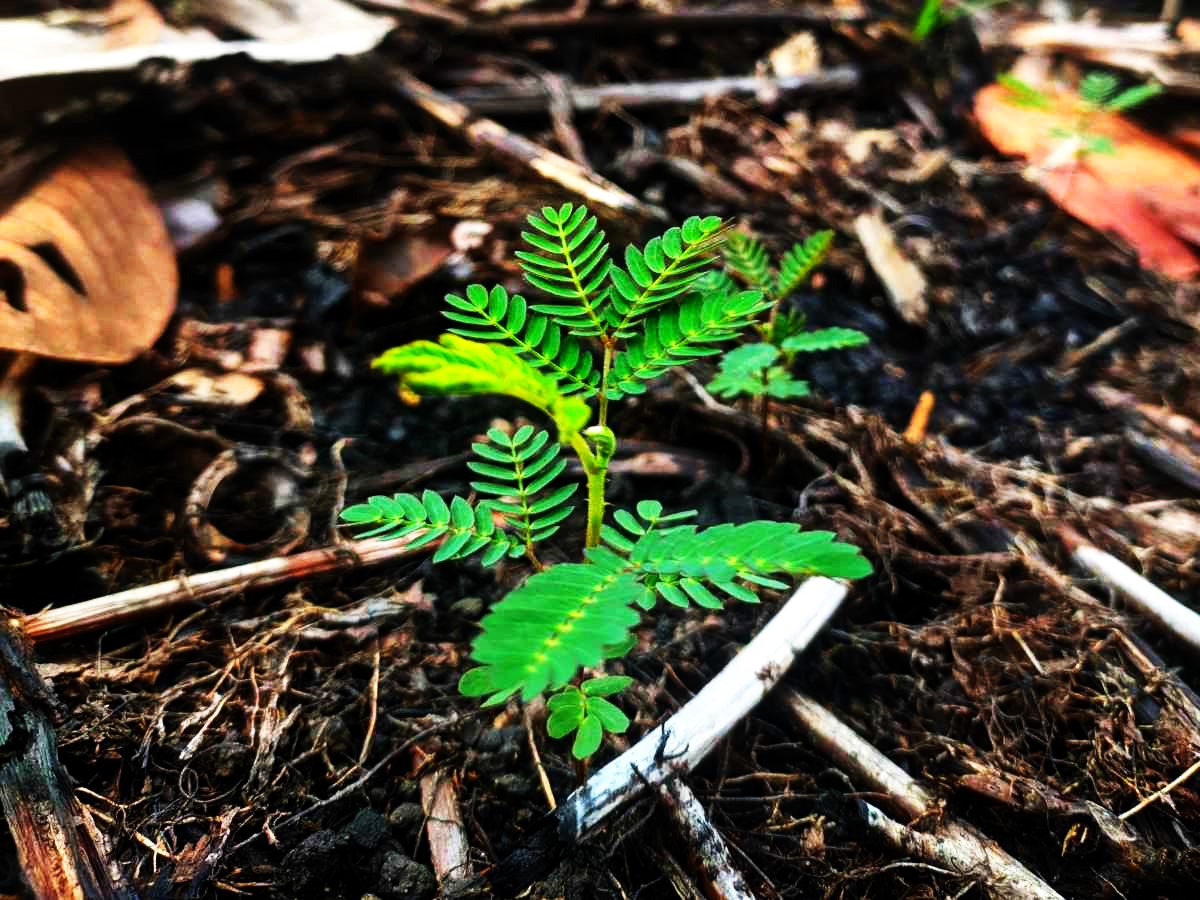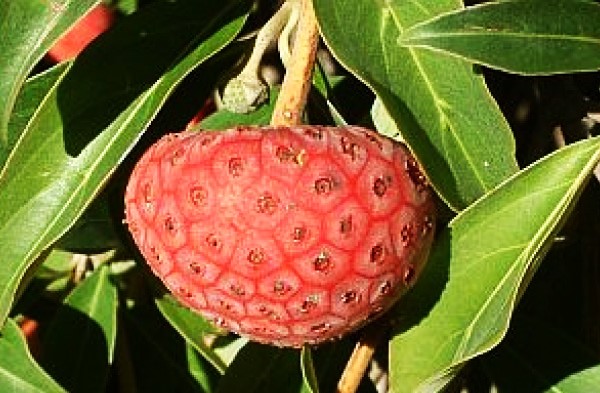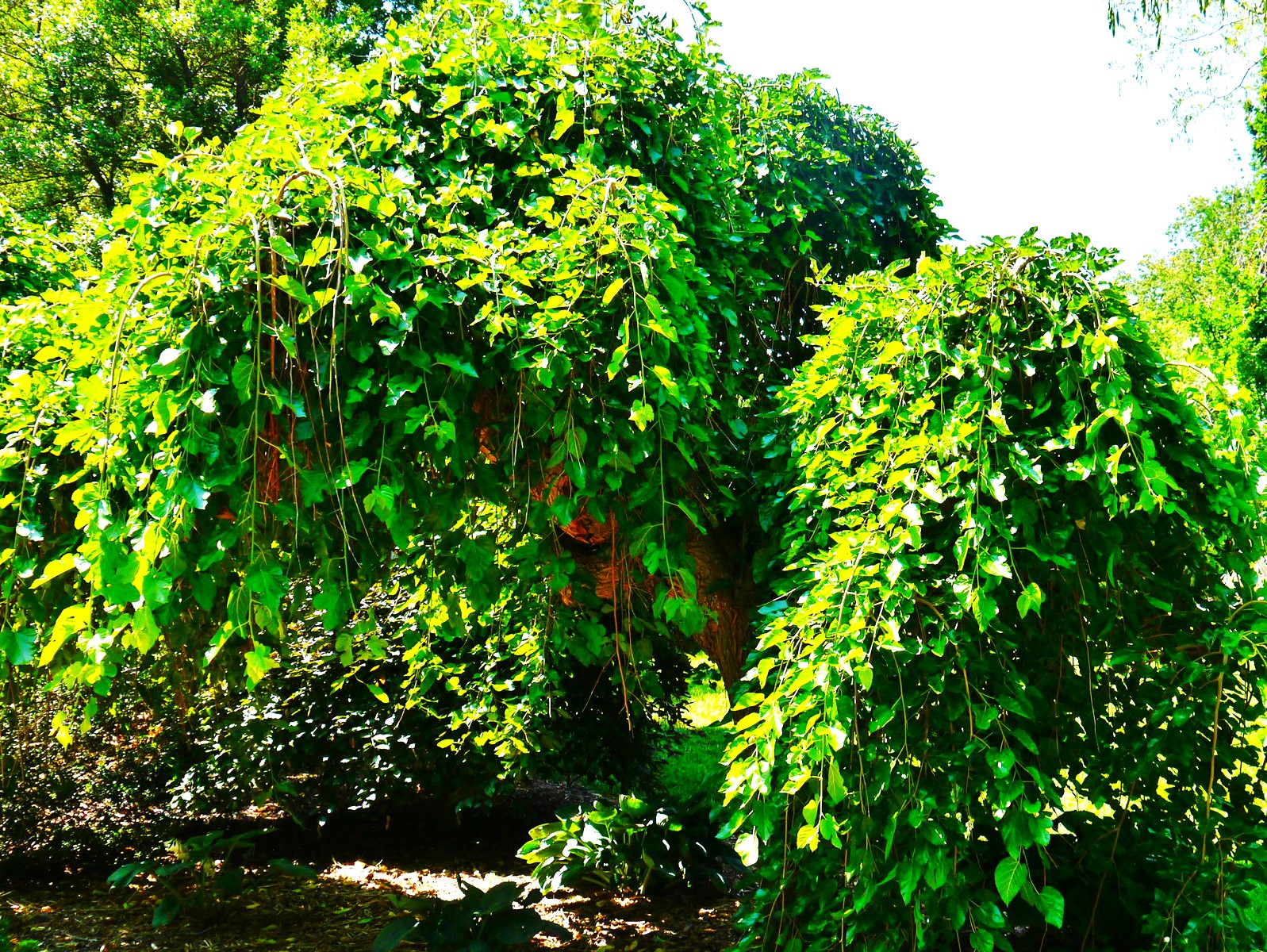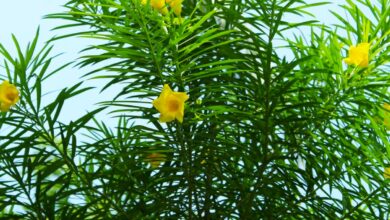Wax Myrtle Planting: Wax Myrtle Care Tips
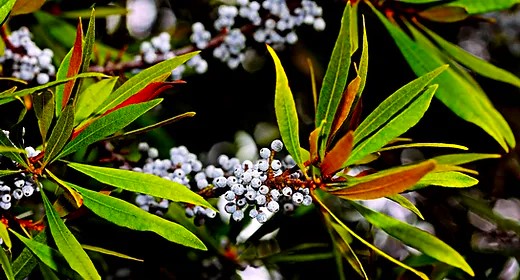
- Morella cerifera, the botanical name; formerly known as Myrica cerifera
- Up to 20 feet tall, but frequently shorter
- Spread: up to 20 feet, though usually less
- Exposure to sun: from light shade to intense sun
- Good drainage and slightly acidic soils are necessary for healthy soil.
- Zones of hardiness: 7–10.
- When to plant: either in the fall or spring
The small, broadleaf evergreen shrub known as wax myrtle (Myrica cerifera) is a great addition to practically any landscape. These lovely trees can also be used as specimens; they are popularly grown as hedges in the South. For growing advice on wax myrtle trees and shrubs, click this link.
Planting Trees of Wax Myrtles
Love is abundant when it comes to wax myrtle trees. As specimen trees, they develop smooth, twisted trunks with numerous stemmed canopies of fragrant olive green leaves. There are male and female trees. The females produce small, insignificant flowers in the spring, which are followed by clusters of wildlife-favorite, waxy, gray-blue berries. (When choosing a wax myrtle, keep in mind that fruit production requires both male and female plants.)
In warm-winter regions, wax myrtle, also known as Southern bayberry, is a highly popular landscape plant due to its ornamental qualities and ease of maintenance. USDA Hardiness Zones 7 through 10 are ideal for its growth.
Care Advice for Wax Myrtles
Southern wax myrtle trees are hardy and resilient; they don’t require kid-glove care to flourish. Though they thrive in nearly every type of growing environment, sandy soil with good drainage and a slight acidity tends to be ideal for them. Infertile or poor soils do not affect them because they fix nitrogen from the atmosphere. This, together with their strong resistance to salt spray and soil salinity, makes them a well-liked option for planting alongside roads, in marshes and swamps, and along the coast.
The scent and flammability of the wax myrtle tree made it valuable for many years. Its waxy berries were collected and used to craft candles known as bayberry candles. Its alternate name, Southern bayberry, comes from this.
It is common for wax myrtle to grow 3 to 5 feet (1-1.5 meters) per year. It has a rounded, narrow form as a shrub and looks good when limbed up to become a small tree. Use the wax myrtle tree to shade the patio or deck and in mixed shrub borders. Avoid growing annuals and perennials close to the roots of wax myrtle when cultivating it. In order to maintain the health of the plant, a lot of suckers that are caused by root disturbance or injury must be pruned.
The Myrtle Warbler, so named because of its affection for the wax myrtle tree, along with other birds like the brown thrasher, tree swallow, and catbird, rely heavily on the fruit of the tree. In USDA zones 7 to 9, clusters of grayish white fruit with a bluish, waxy coating persist on the plant all winter long. Little flowers with a greenish tint emerge in the spring.
The stunning Red-Banded Hairstreak butterfly, a native of the Southeast United States, finds its natural home among wax myrtles.
How to Grow Myrtle with Wax
Wax myrtle should be planted in a spot where the roots won’t be disturbed, in full sun, part shade, or neither. This plant is an excellent choice for a beachfront planting because it can withstand salt and responds well to sea spray. Although it can grow in a variety of soil types, wax myrtle likes its soil to be moist. Plant your wax myrtle where you can enjoy the scent of bayberries emanating from the glossy leaves and berries.
Wax myrtle can be grown as a shrub or small tree, depending on the requirements of your landscape. If you choose a tree shape, limit the number of trunks to one and thin out the canopy. That will reveal the bark, which is a very pretty light gray color. Shrubs can be used as very effective hedging or screens when grown in groups.
Because these trees are extremely cold-sensitive, find a protected location in cooler climates. A cold spell may cause leaves to fall.
Issues and Difficulties with Wax Myrtle
Avoid spending sleepless nights worrying about pests getting into your bayberry plants. In general, they do not exhibit a vulnerability to insect pests or suffer from any serious plant diseases. However, these shrubs are susceptible to iron chlorosis when planted in high pH soils. Watch for the characteristic yellowing of the leaf tissue in the spaces between the veins.
Wax myrtle’s leaves, stems, and branches all have a pleasant scent. This is due to the fact that they contain flammable aromatic compounds. This means that in some places, these shrubs could be a fire hazard. Keep them far from the house in space.
Some people view wax myrtle as intrusive. This is due to the shrubs’ propensity to sucker. When given ideal growing conditions, they can establish large colonies. Prune off suckers as soon as they appear if you wish to restrict their spread.
Types of Wax Myrtle Plants
A multitude of cultivars have been created by breeders for this widely used plant. You can manage the shape and height of the plant by choosing the right cultivar. Several cultivars that are often grown include:
Wolf Bay
This is a thick, upright, tall (up to 20 feet or 6 m) cultivar with a catchy name.
Don’s Miniature
This cultivar, which is compact and grows closer to 3 feet (.9 m) than 5 feet (1.5 m) in height and width, is the opposite of Wolf Bay. This cultivar, which is female, is resistant to leaf spot. reaches a height of 20 feet, becoming thicker and more erect.
Tom’s Miniature
A cultivar that is male and resembles Don’s Dwarf. It rarely rises higher than 4 feet (1 m), but on occasion it can reach up to 6 feet (1.8 m), evenly spaced. Additionally, it resists leaf spot.
Hiwassee
Compared to other species, this one is larger and more resilient to cold; it can withstand temperatures as low as -4 °F (24.8 °F) without experiencing leaf burn.
Fairfax
The maximum height and width of this smaller cultivar are 8 feet (2.4 meters). Its leaves are lighter green in size and have a compact, mounding shape. If left on its own, it will swiftly colonize a region.


